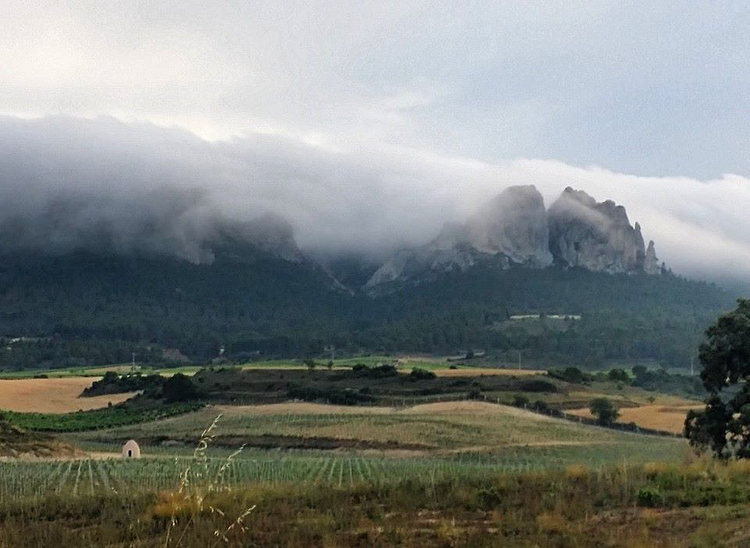Humans have made wine since the dawn of civilization, and wine is consumed worldwide. But only a few countries make wine. One of the leaders is Spain.
Notes for you
This week’s Wine Advisor goes to all readers, but my tasting note is limited to paid-tier subscribers, whose financial support helps pay for the wines I review. Please consider supporting us, and gain full access, with a paid subscription.
Thanks to a combination of climate requirements and history, relatively few countries in a narrow band of temperate latitudes make wine. According to World Population Review, just 28 of the world’s 195 countries produce 85% of the world’s wine, and just four countries – France, Italy, Spain, and the U.S. – make more than half of it.
But here’s a fun fact: France and Italy, joined by Portugal, drink about as much wine per capita as they produce. But the U.S. and Spain lag badly: Spain drops to tenth place in per capita wine consumption, while the U.S. – despite being the world’s fourth largest wine producer – ranks a dismal 42nd.
We probably need to get to work on that ranking. One good place to start might be ramping up our attention to the wines of Spain. I’ll do my part this week and next by turning my attention to the delicious red wines of Rioja.
Like its European neighbors France, Italy, and Portugal, Spain makes a lot of wine with a lot of variety, with many separate wine regions each producing its own trademark grape varieties and wine styles. Within Spain’s borders we can find modestly priced, delicious reds (such as the Monastrell of Jumilla in Murcia) and whites (like the Albariño of Galicia). At the same time, Spain also turns up in the sought-after trophy-wine department with imposing reds from Priorat and Ribera del Duero.
But the iconic wine region, Rioja, has long stood as the benchmark red wine of Spain.

A foggy morning with a craggy mountain backdrop in La Rioja Alta. (Image from the Ruta del Vino Rioja Alta Facebook page in Spanish.)
Located in northern Spain at the edge of Basque country along the Ebro River (and reportedly named after the Ebro’s tributary, the Rio Oja), Rioja’s high plain is protected from cold Atlantic winds by the Sierra Cantabria mountains to its north, ensuring a cool, protected climate for viticulture.
Rioja is the traditional home of the Tempranillo grape, which may appear as a 100% varietal wine or in a blend where it dominates such partners as Garnacha, Graciano, and other regional grapes.
Some Riojas even slip in a splash of Cabernet Sauvignon, perhaps reflecting a thread of French heritage in this otherwise very Spanish region. In the middle of the 19th century, French wine merchants came to Rioja in search of exports after powdery mildew threatened French vineyards; the cycle repeated itself later in the century when the phylloxera louse devastated the vines of France again. (Phylloxera eventually came to Rioja, but not until the early 20th century, by which time vine growers had learned to combat the plague with New World rootstock.)
Rioja’s delicious red wines boast a heritage that goes back more than 2,000 years to the Roman Empire, and it’s easy to imagine that we taste that history in its wines today.
Sorry, this week’s full tasting report goes out to our paid subscribers, whose support helps cover the costs of all the wines that I buy for review as well as our production and web hosting expenses. I’d love to welcome you all as paid subscribers! Please consider helping us grow by upgrading to our paid tier. It’s only $5 per month or $50 for a full year, and it goes a long way toward keeping us afloat.




